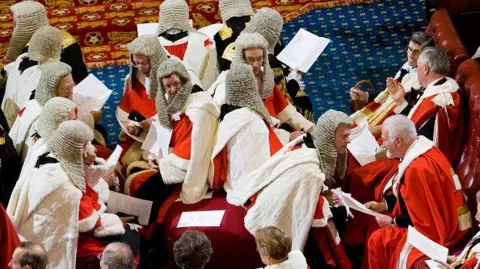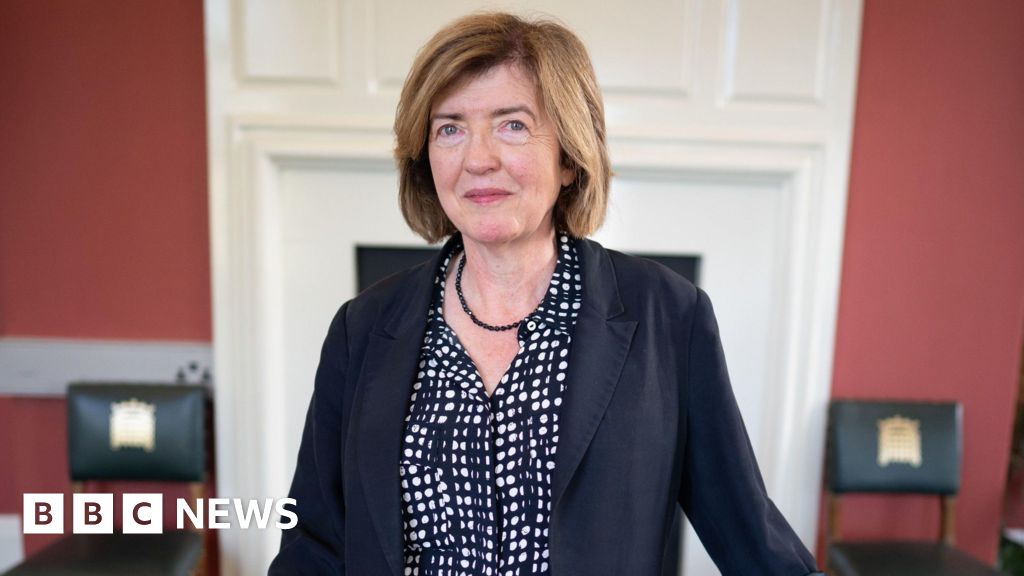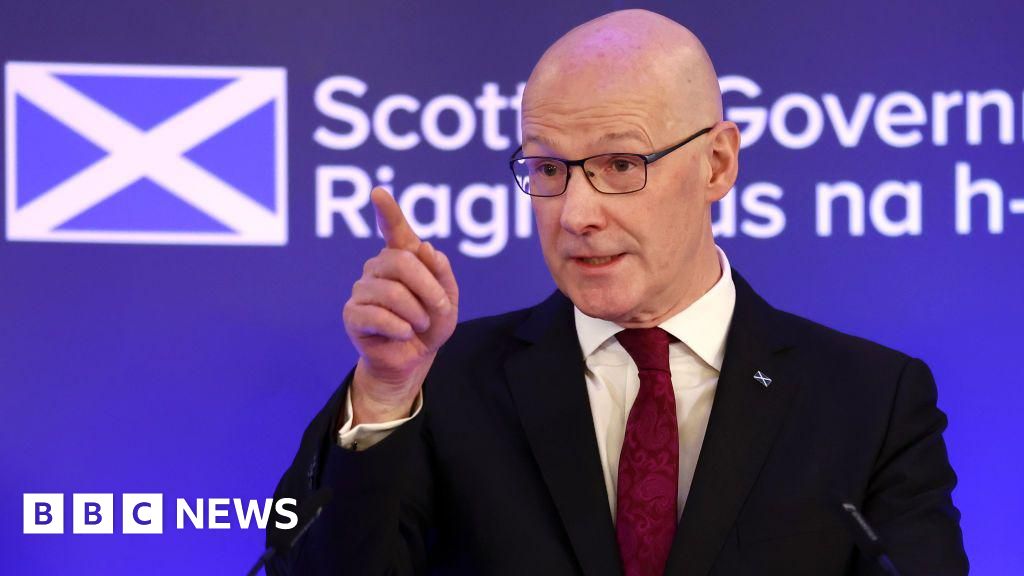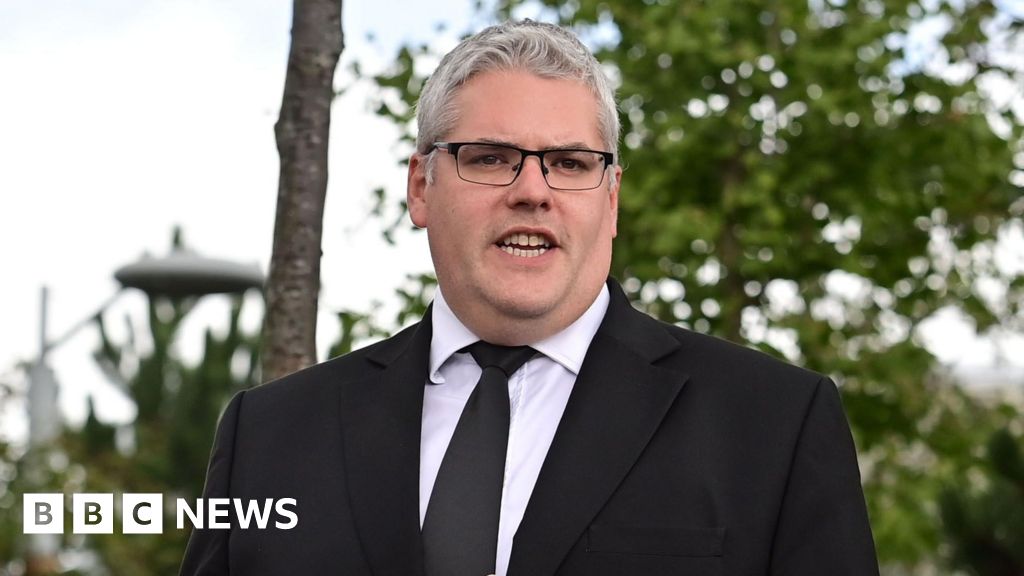
 Getty Images
Getty Images
Prime Minister Sir Keir Starmer has pledged to replace the House of Lords with an elected chamber
Over hundreds of years, the House of Lords has had its fair share of scrapes with extinction events.
It was abolished in 1649, following the execution of King Charles I, by a law that declared it “useless and dangerous to the people of England”.
The Lords was resurrected 11 years later and remains largely intact to this day - to the annoyance of reformist governments past and present.
But now there is a newfound zeal for change following Labour’s general election victory.
On Tuesday, a draft law that would remove hereditary peers from the Lords passed to its next stage.
There are 92 seats for hereditary peers who have inherited their titles from their families, and in its general election manifesto, Labour promised to scrap them.
It would be the next phase of reforms started by the last Labour government, which removed the majority of hereditary peers from the chamber in 1999, leaving only 92 in a compromise deal with the Conservatives.
The Labour government is describing the bill as “the largest constitutional reform to the UK Parliament in a quarter of a century”.
'Gold-plated Narnia'
Introducing the bill on its second outing, Constitutional Affairs Minister Nick Thomas-Symonds said it was a change that was “long overdue”.
“It isn’t right that what was a temporary arrangement in 1999 should last any longer,” the minister said.
He said it was “indefeasible for people to sit in our legislature as an act of birth” and it was “important that our second chamber represents modern Britain”.
That didn’t go far enough for SNP MP Pete Wishart though.
Invoking the spirit of 1649, Wishart asked whether Labour would abolish the Lords altogether, which the SNP is calling for.
Wishart: "What we have down there is an embarrassment and an unreformable laughing stock, a plaything of prime ministers and the personification of a dying establishment that represents another age.
"That is why I am so proud that my party will never put anybody in that red leather-upholstered, gold-plated Narnia."
Thomas-Symonds said: “The [Labour] manifesto sets out that we should have an alternative second chamber that’s more representative of the nations and regions.”
'Tried and tested'
Now less restrained in opposition, some Conservative MPs were urging Labour to be bolder, including Sir Gavin Williamson.
The former education and defence secretary asked why Labour’s plan to impose a retirement age of 80 on peers wasn’t in the bill.
“I’m willing to defy my whips in order to deliver reform and change many of us want to see,” Sir Gavin said.
Other Conservatives were far more, well, conservative, including shadow deputy prime minister Sir Oliver Dowden.
Sir Oliver - who tried and failed to amend the bill, and stop it in its tracks - said the government was “obsessed with change for change's sake”.
He told MPs: "The checks and balances of the Lords, its tried and tested conventions - work.”
Ultimately, MPs voted to approve the bill, meaning it progresses to the committee stage of its journey into law.
The real resistance is expected to come later, when the bill arrives in the Lords.
The hold-out hereditary peers may not go quietly. The battles of old rekindled.
Back in 1999, one hereditary Tory peer, the Earl of Onslow, said he would behave like a “football hooligan” in opposing New Labour’s abolition plan.
It was watered down eventually, despite former Prime Minister Tony Blair's manifesto promise to end the right of hereditary peers to sit and vote in the upper house.
Twenty-five years on, another Labour manifesto pledge could finish the job.

 2 months ago
16
2 months ago
16









